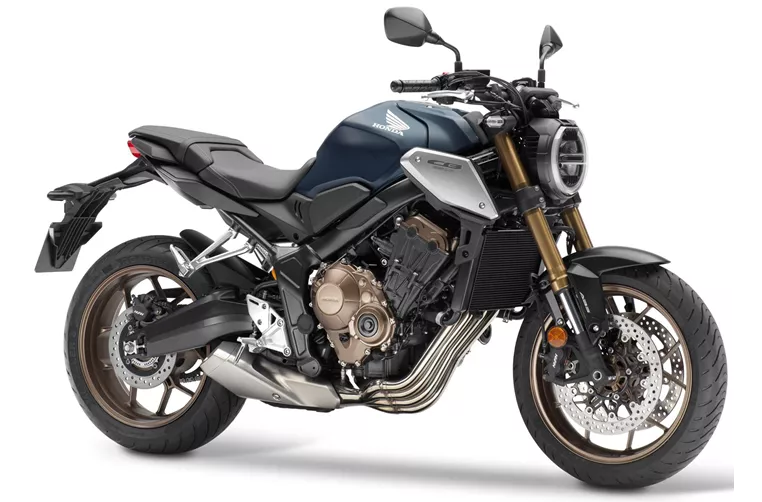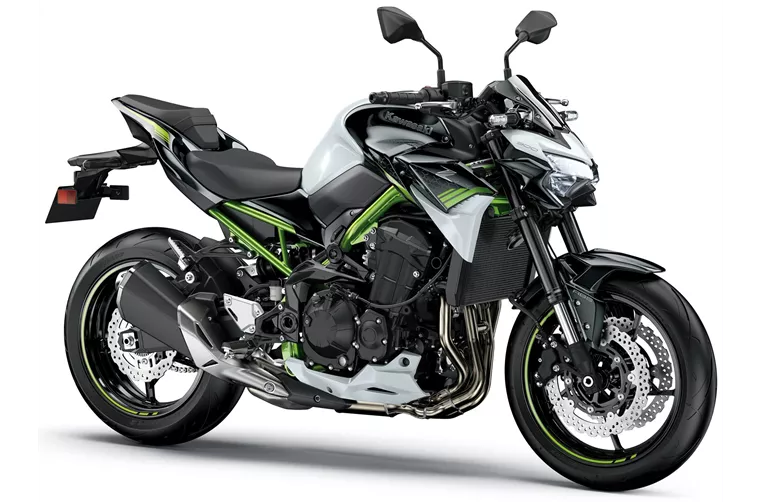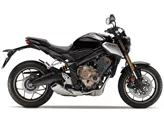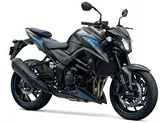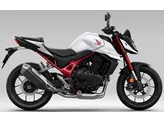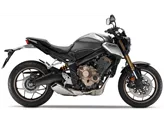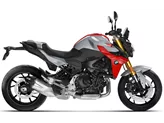Honda CB650R 2019 vs. Kawasaki Z900 2020
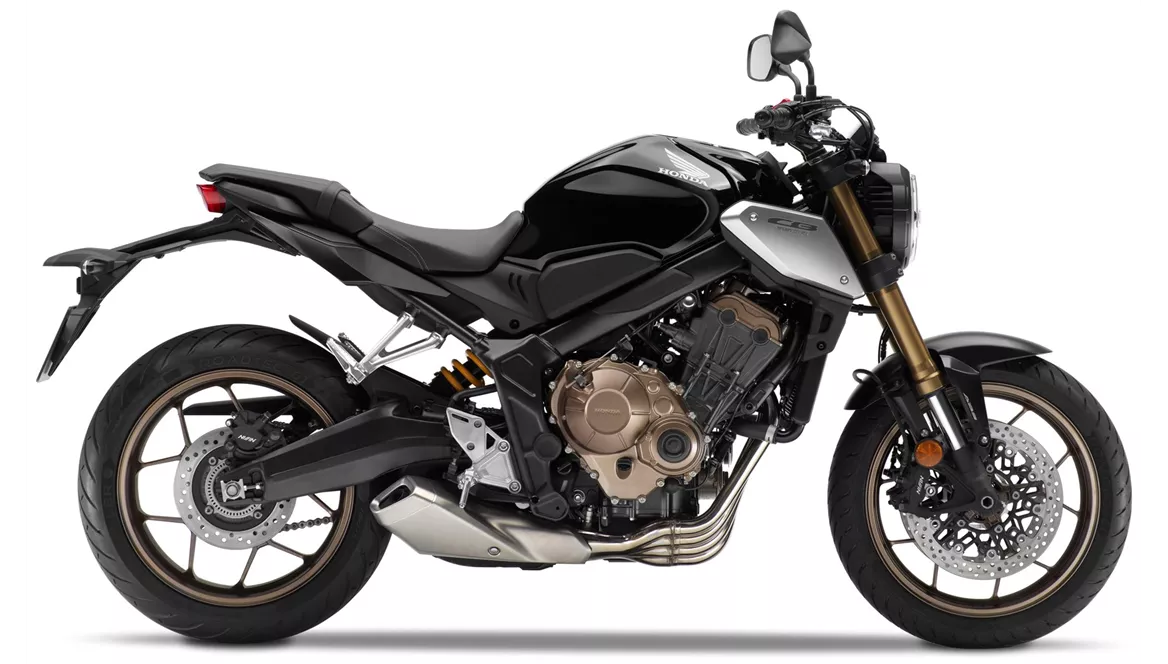
Honda CB650R 2019
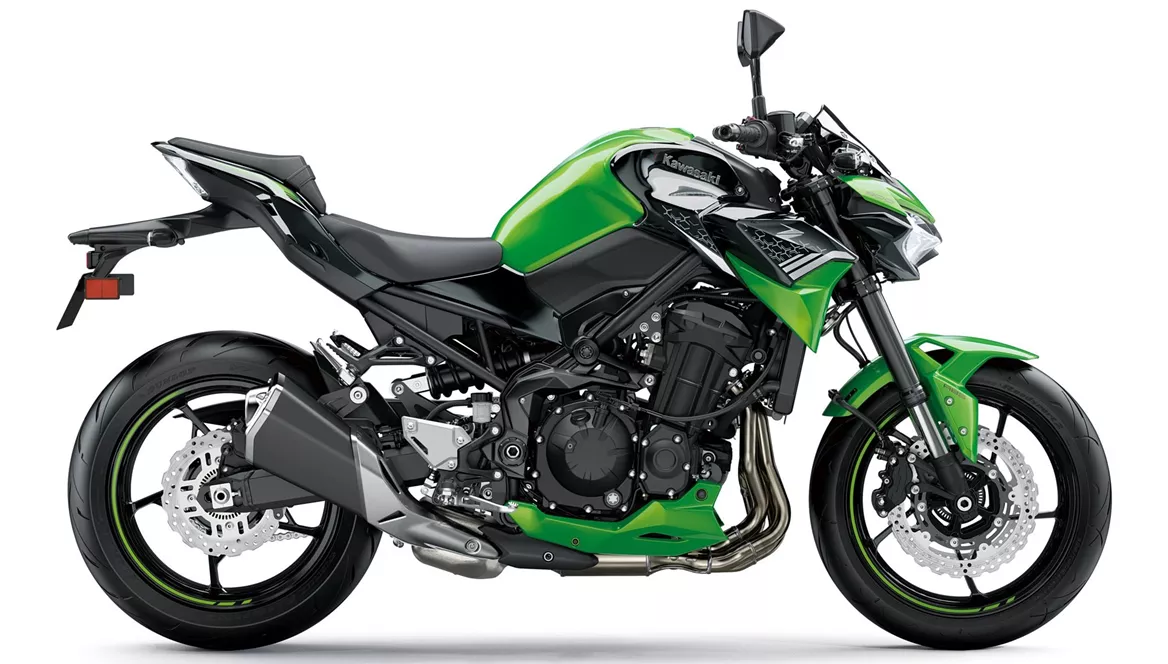
Kawasaki Z900 2020
Overview - Honda CB650R 2019 vs Kawasaki Z900 2020
The Honda CB650R 2019 and the Kawasaki Z900 2020 are both naked bikes with similar engine types, power, torque, fuel systems, and cooling systems. However, there are several differences between the two models.
In terms of engine power, the Kawasaki Z900 2020 has a significant advantage over the Honda CB650R 2019, with 125.4 HP compared to 95 HP. This extra power gives the Z900 a more thrilling and exhilarating riding experience. Additionally, the Z900 has a higher torque of 98.6 Nm compared to the CB650R's 64 Nm, providing better acceleration and responsiveness.
Both bikes have four cylinders and a liquid cooling system, ensuring optimal engine performance and temperature regulation. They also have the same displacement of around 650 ccm, which contributes to their similar performance capabilities.
In terms of suspension, both bikes feature upside-down telescopic forks at the front and swing arms at the rear. The rear suspension on both models is equipped with a monoshock, providing stability and comfort during rides. However, the Kawasaki Z900 2020 offers additional adjustment options for the rear suspension, including preload and rebound adjustments, allowing riders to fine-tune their riding experience.
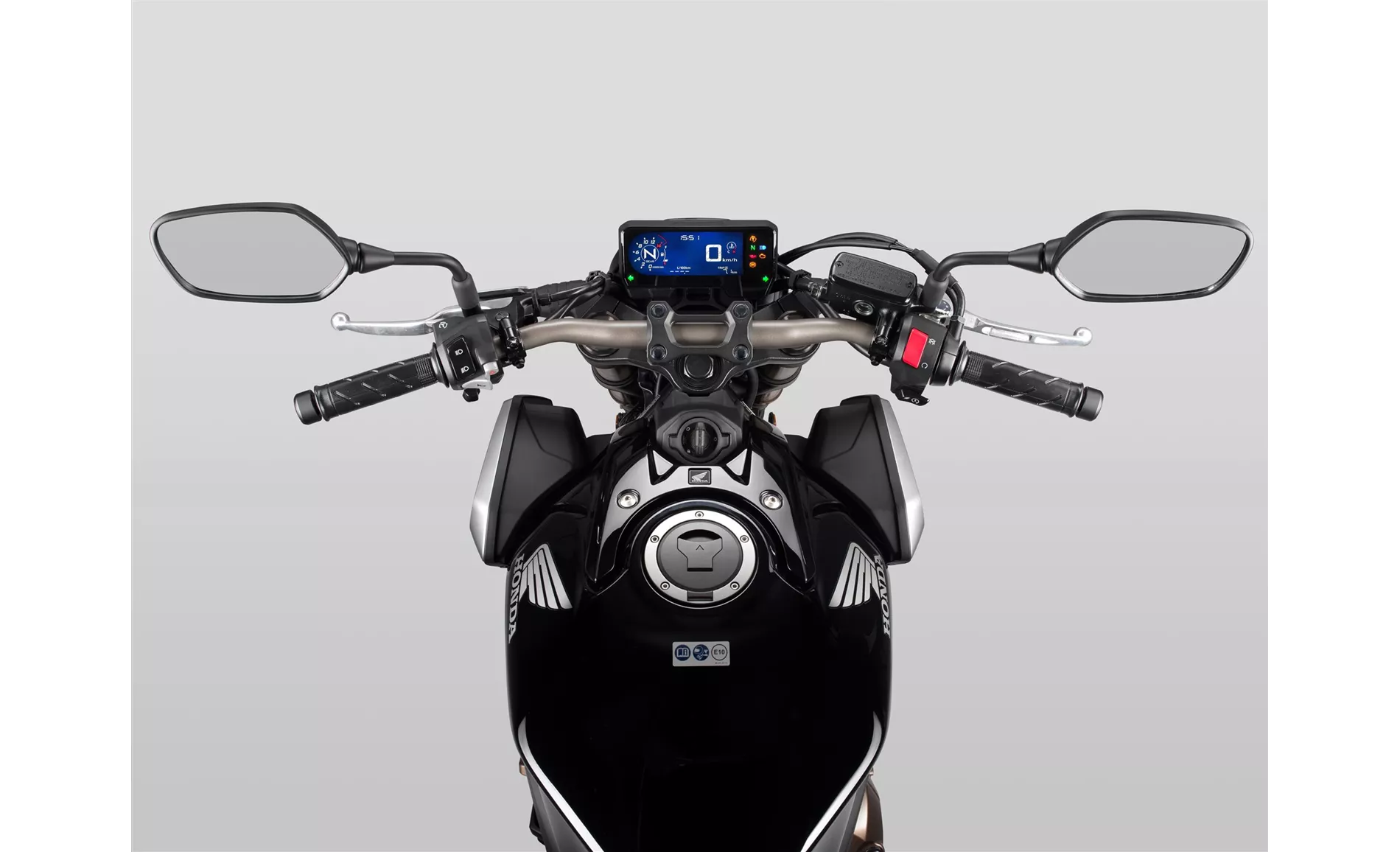
Honda CB650R 2019
Both bikes have a steel frame, which provides strength and stability. The Honda CB650R 2019 has double disc brakes at the front with a diameter of 320 mm and double pistons, while the Kawasaki Z900 2020 also has double disc brakes at the front but with a slightly smaller diameter of 300 mm and four pistons. The Z900 also features petal technology, which enhances braking performance and heat dissipation.
In terms of advanced rider assistance systems, both bikes are equipped with ABS, ensuring safe and controlled braking. However, the Kawasaki Z900 2020 offers additional features such as riding modes, ride by wire, and traction control, providing a more customizable and safer riding experience.
Both bikes have similar dimensions and weights, with a wheelbase of 1450 mm and rear and front tire diameters of 17 inches. However, there are slight differences in the seat height, with the Honda CB650R 2019 having a seat height of 810 mm compared to the Z900's 795 mm. The kerb weight of the CB650R is 208 kg, while the Z900 weighs slightly more at 210 kg.
In terms of equipment, both bikes feature LED headlights, ensuring excellent visibility during rides. The Kawasaki Z900 2020 offers additional features such as LED daytime running lights and a TFT display, providing a more modern and high-tech riding experience.
In terms of strengths, the Honda CB650R 2019 is praised for its rev-happy engine, reasonable power, sporty seating position, wide handlebars, and overall rideability. It is also considered comfortable for everyday use and features a pretty display.
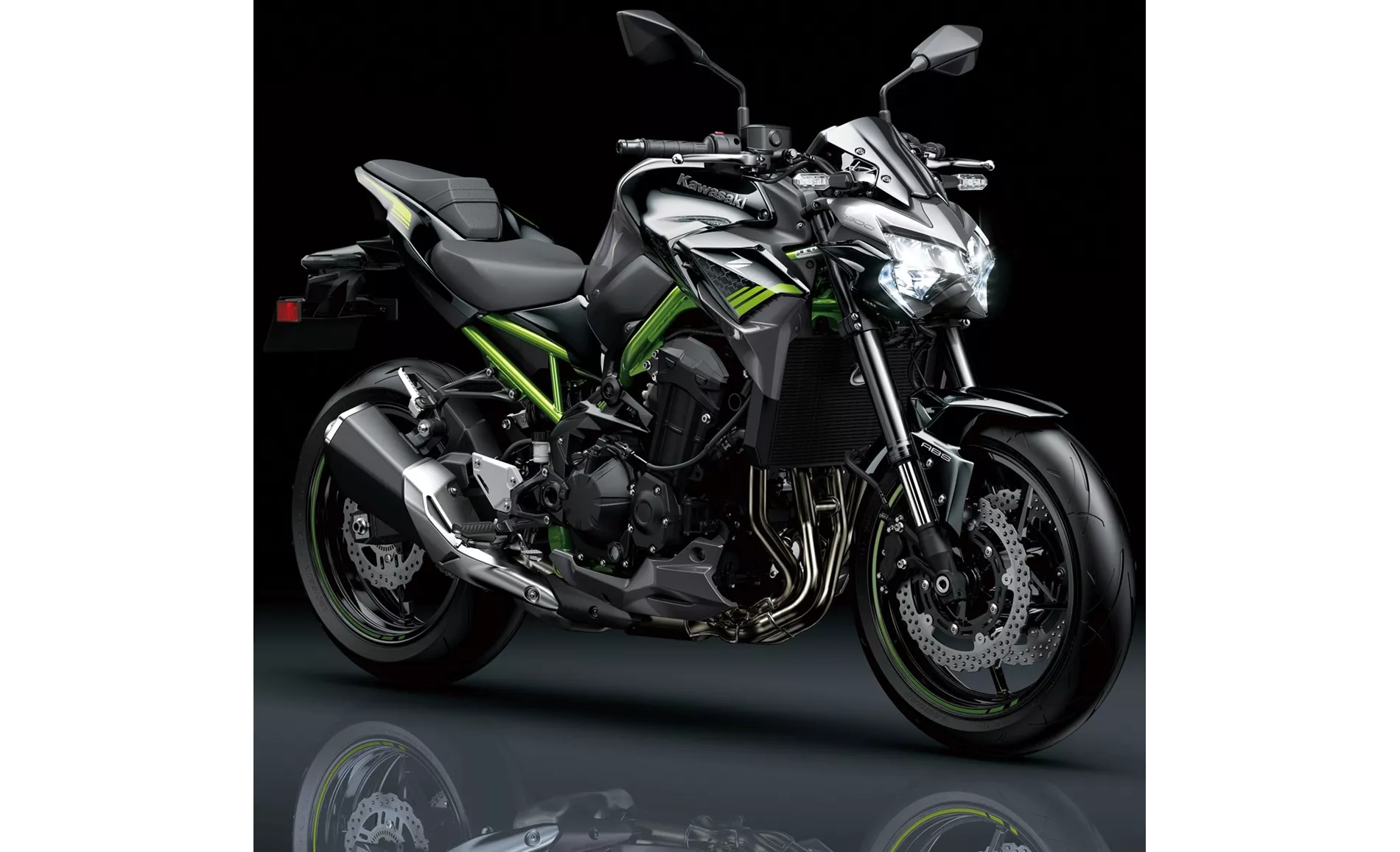
Kawasaki Z900 2020
On the other hand, the Kawasaki Z900 2020 is praised for its powerful four-cylinder engine, great handling, good equipment, aggressive looks, and value for money.
However, the Honda CB650R 2019 has a weakness in its chassis, which can be seen as a disadvantage for riders seeking more stability and control. Additionally, it may not offer as much power as its two-cylinder competition.
The Kawasaki Z900 2020 has a weakness in its menu navigation, which can be somewhat tiring for riders. It also lacks the option for a quickshifter, which can be a disadvantage for riders who prefer seamless gear shifts.
In conclusion, both the Honda CB650R 2019 and the Kawasaki Z900 2020 are powerful and capable naked bikes. The Z900 offers more power, advanced rider assistance systems, and additional features, making it a more versatile and high-performing option. However, the CB650R provides a comfortable and enjoyable riding experience, with a focus on everyday usability and a stylish display. Ultimately, the choice between the two models will depend on the rider's preferences and priorities.
Technical Specifications Honda CB650R 2019 compared to Kawasaki Z900 2020
Pros and Cons in comparison
Pros and Cons in comparison
Honda CB650R 2019
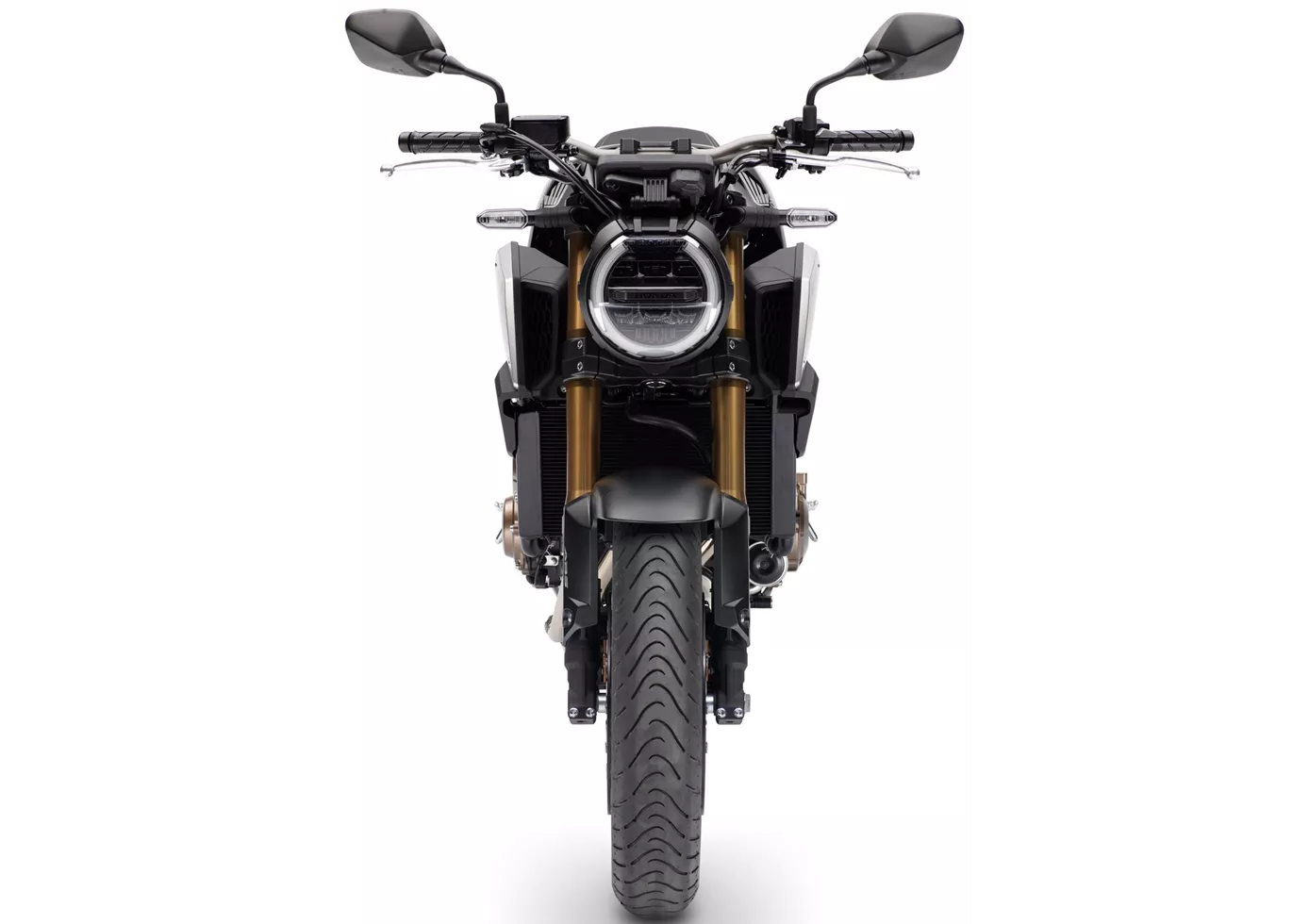
Honda's CB650R proves brilliantly that four-cylinder naked bikes with little displacement are also a real source of joy on the country road. The engine tuning gives enough pressure from the hairpin bend and rewards with a wonderful four-cylinder shriek after a short wait. The suspension components clearly attempt a balancing act between everyday life and sportiness, which is why unrest can quickly be found in the vehicle when approaching the cornering at a brisk pace. Somehow, however, this imperfection gives the Honda a lot of character and gives the rider the feeling of having to actively integrate himself into the action. For country road racers with a daily commute, a real recommendation!
Kawasaki Z900 2020
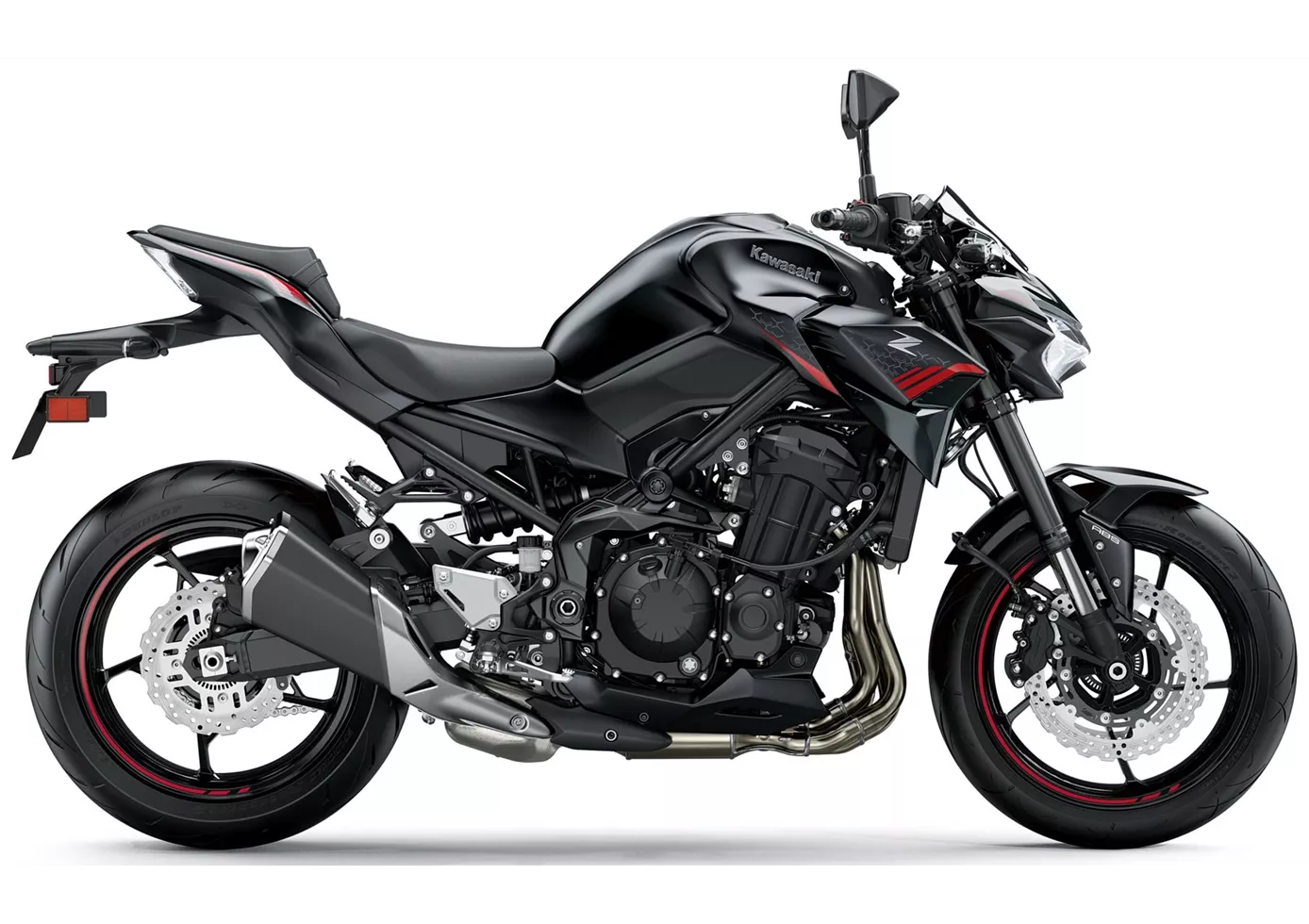
In terms of price-performance, the Kawasaki Z900 is hard to beat at the moment. With the perfectly tuned engine, the high-quality chassis components and the electronics added for 2020, this naked bike offers everything that sporty riders will be looking for. There is really nothing to complain about, even if the option of a quickshifter would have been a nice extra. Apart from that: great shot, Kawasaki!
Price Comparison Avarage Market Price Honda CB650R vs Kawasaki Z900
There are a few key differences between a Honda CB650R 2019 and a Kawasaki Z900 2020. In terms of price, the actual average price of a Kawasaki Z900 2020 is about 34% higher. Compared to Kawasaki Z900 2020 there are less Honda CB650R 2019 bikes available on the 1000PS.de Marketplace, specifically 7 compared to 34. It takes less time to sell a Honda CB650R with 61 days compared to 124 days for a Kawasaki Z900. Since model year 2019 1000PS.de editors have written 23 reviews for the Honda CB650R and 46 reviews for the Kawasaki Z900 since model year 2017. The first review for the Honda CB650R was published on 08/10/2018 and now has more than 53,700 views. This compares to more than 93,200 views for the first review on Kawasaki Z900 published on 11/11/2016.
